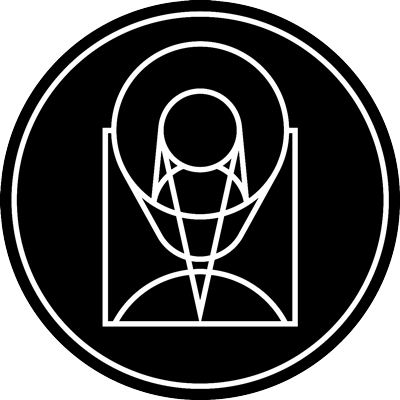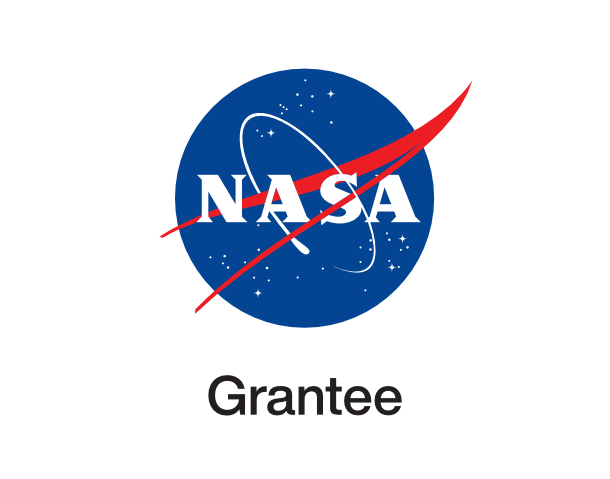Stretched Out Image of Distant Galaxy

stsci_2018-02a January 11th, 2018
Credit: NASA, ESA, B. Salmon (STScI)
This is a Hubble Space Telescope image of the farthest galaxy yet seen in an
image that has been stretched and amplified by a phenomenon called
gravitational lensing. The embryonic galaxy, named SPT0615-JD, existed when
the universe was just 500 million years old. Though a few other primitive galaxies
have been seen at this early epoch, they have essentially all looked like red dots,
given their small sizes and tremendous distances. However, in this case, the
gravitational field of a massive foreground galaxy cluster, called SPT-CL J0615-
5746, not only amplified the light from the background galaxy but also smeared
the image of it into an arc (about 2 arcseconds long). Image analysis shows that
the galaxy weighs in at no more than 3 billion solar masses (roughly 1/100th the
mass of our fully grown Milky Way galaxy). It is less than 2,500 light-years across,
half the size of the Small Magellanic Cloud, a satellite galaxy of our Milky Way.
The object is considered prototypical of young galaxies that emerged during the
epoch shortly after the big bang.
Provider: Space Telescope Science Institute
Image Source: https://hubblesite.org/contents/news-releases/2018/news-2018-02
Curator: STScI, Baltimore, MD, USA
Image Use Policy: http://hubblesite.org/copyright/

- ID
- 2018-02a
- Subject Category
- D.5.5.3
- Subject Name
- SPT-CL J0615-5746
- Credits
- NASA, ESA, B. Salmon (STScI)
- Release Date
- 2018-01-11T00:00:00
- Lightyears
- 7,700,000,000
- Redshift
- 0.972
- Reference Url
- https://hubblesite.org/contents/news-releases/2018/news-2018-02
- Type
- Observation
- Image Quality
- Good
- Distance Notes
- Distance given to galaxy cluster. Distance to lensed galaxy is 13.243 billion light years (z=10)
- Facility
- Hubble, Hubble, Hubble, Hubble, Hubble
- Instrument
- ACS/WFC, ACS/WFC, WFC3, WFC3, WFC3
- Color Assignment
- Blue, Green, Red, Red, Red
- Band
- Optical, Optical, Infrared, Infrared, Infrared
- Bandpass
- V, I, Y, J, JH, H
- Central Wavelength
- 606, 814, 1050, 1250, 1400, 1600
- Start Time
- Integration Time
- Dataset ID
- Notes
- Coordinate Frame
- ICRS
- Equinox
- 2000.0
- Reference Value
- 93.95087500000, -57.77863200000
- Reference Dimension
- 3876.00, 2907.00
- Reference Pixel
- 3541.71425463225, 2064.04865461122
- Scale
- -0.00000834255, 0.00000834255
- Rotation
- -27.50768591212
- Coordinate System Projection:
- TAN
- Quality
- Full
- FITS Header
- Notes
- World Coordinate System resolved using PinpointWCS 0.9.2 revision 218+ by the Chandra X-ray Center
- Creator (Curator)
- STScI
- URL
- http://hubblesite.org
- Name
- Space Telescope Science Institute Office of Public Outreach
- outreach@stsci.edu
- Telephone
- 410-338-4444
- Address
- 3700 San Martin Drive
- City
- Baltimore
- State/Province
- MD
- Postal Code
- 21218
- Country
- USA
- Rights
- http://hubblesite.org/copyright/
- Publisher
- STScI
- Publisher ID
- stsci
- Resource ID
- STSCI-H-p1802a-f-3876x2907.tif
- Resource URL
- https://mast.stsci.edu/api/latest/Download/file?uri=mast:OPO/product/STSCI-H-p1802a-f-3876x2907.tif
- Related Resources
- Metadata Date
- 2018-01-05T17:01:45-05:00
- Metadata Version
- 1.2
Detailed color mapping information coming soon...
















